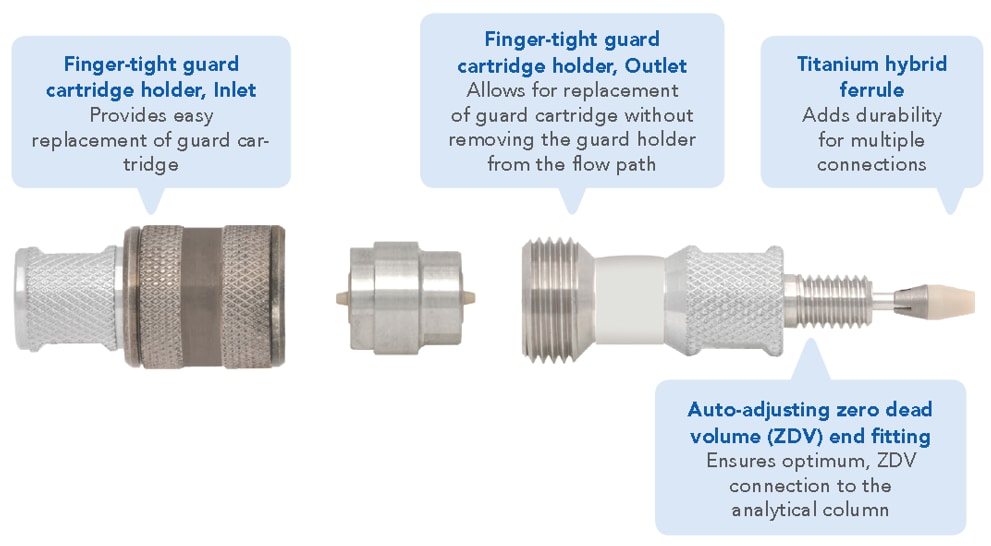Ascentis® Express HILIC U/HPLC Columns
HILIC for separation of polar compounds
HILIC chromatography is a variation of normal-phase chromatography with the distinction that one of the major components of the mobile phase is water. The high volatility of the mobile phase makes HILIC LC-MS friendly, and allows for increased MS sensitivity. Many classes of polar compounds can be retained on the Ascentis® Express HILIC column including polar neutrals, polar acids, and polar and non-polar basic amines. The HILIC column provides orthogonal selectivity to the Ascentis® Express C18, with the elution typically the opposite of that for C18. Non-polar compounds elute early and the highly polar compounds have greater retention and selectivity.
For high speed and high resolution separations on HPLC and UHPLC instruments, the Fused-Core® particle technology of the Ascentis® Express HILIC column means that efficiency is typically 40% higher in comparison to fully porous particulate columns with same particle size.
Featured Applications:
- Metabolites - A Serious Challenge for LC/MS Separations and Usual Detection Techniques
- Metabolomic Profiling of Neurospora crassa Fungi Using HILIC and Reversed-Phase LC-MS
HILIC Columns with Fused-Core® Technology for Retention of Polar Compounds
Ascentis® Express HILIC is a high-speed, high-performance liquid chromatography column based on a superficially porous Fused-Core® particle design. The Fused-Core® particle provides a thin porous shell of high-purity silica surrounding a solid silica core. This particle design exhibits very high column efficiency due to the shallow diffusion paths. Three different particle sizes are available for your specific needs:

2.0 µm particles
Best Fused-Core UHPLC Column
An optimized solution for high-throughput small molecule analysis

2.7 µm particles
Fast HPLC on ANY System
A practical solution that delivers UHPLC performance from any HPLC

5.0 µm particles
The Lab Work-Horse Column
True plug and play solution for improving existing 3 or 5 µm fully porous particle HPLC columns

Um weiterzulesen, melden Sie sich bitte an oder erstellen ein Konto.
Sie haben kein Konto?